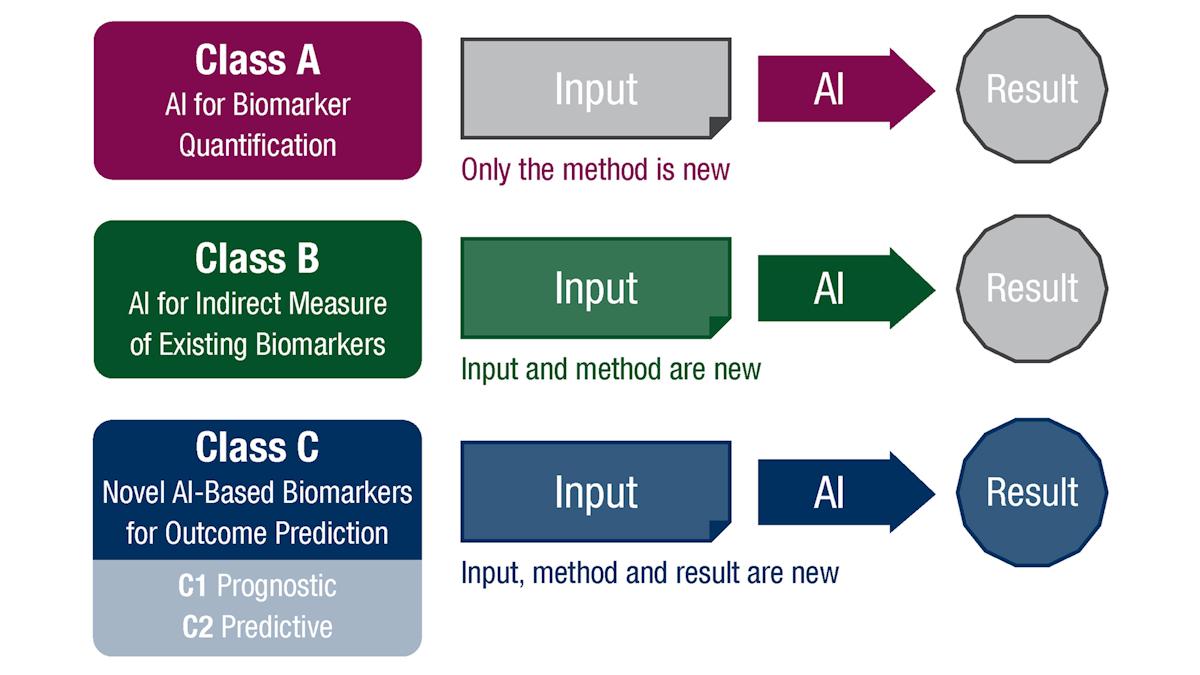ADCs shine at ESMO ’23, as pharma makes case for early immunotherapy interventions

Antibody-drug conjugates (ADCs) took centre stage at the European Society of Medical Oncology (ESMO) Congress in Madrid 20th-24th October, which was back at full capacity for the first time since the pandemic, reports Richard Staines.
The conference, attended by 30,000 people involved in cancer research, care, and advocacy, kicked off following news of a $4 billion deal where Daiichi Sankyo sold rights to three cancer ADCs to MSD, known as Merck & Co in the US and Canada.
This coincided with another ADC deal potentially worth more than $1.5 billion from GSK, which licensed in an early stage ovarian and endometrial cancer drug, HS-20089, from Hansoh Pharma.
More than just hype
Data announced at ESMO from more advanced ADCs confirmed that it’s more than just hype surrounding a modality that had a difficult start to life in the noughties after Pfizer’s Mylotarg (gemtuzumab ozogamicin) was withdrawn from the market before being reinstated by the FDA in 2017 for acute myeloid leukaemia.
It was two other major ADC players, Seagen and Astellas, that provided some of the most exciting data from the 2023 event.
The EV-302 phase 3 trial combined Padcev (enfortumab vedotin) with MSD’s immunotherapy blockbuster Keytruda (pembrolizumab) in metastatic urothelial carcinoma. After a top-line announcement a few weeks ago, the companies gave a more complete readout from the trial after a median follow-up of 17.2 months. An analysis showed dual primary endpoints of progression-free survival (PFS) by blinded independent central review, and overall survival (OS) were met.
The data simultaneously revealed in The Lancet Oncology from 442 patients randomly assigned to the experimental group, and 444 assigned to the chemotherapy group, showed PFS was significantly improved (12.5 months vs 6.3 months).
Median overall survival was almost doubled in the experimental group (31.5 months vs 16.1 months) and the risk of death was reduced by 53% compared with chemotherapy. The OS results were consistent across all pre-defined subgroups, including cisplatin eligibility and PD-L1 expression level.
The results were described as “practice changing” by commentators at ESMO, and while it’s easy to get caught in the conference bubble, the p-values of 0.0001 for both endpoints do indeed suggest that the combination could set a new care standard in advanced bladder cancer.
Assuaging concerns over safety
That other big ADC player, AstraZeneca and partner Daiichi Sankyo, also had some data that it hopes will assuage concerns about the safety of their TROP2-directed ADC, datopotamab deruxtecan (Dato-DXd). The companies also noted the results demonstrate its superiority compared with standard chemotherapy in locally advanced or metastatic non-small cell lung cancer (NSCLC).
Aside from the obvious progress in ADC research, Catherine Pickering, CEO of iOnctura noted that the results pointed towards a growing trend for combination therapies in oncology:
“The results give a clear demonstration of the power of combination therapies in oncology, particularly with immunotherapies where we know that there is so much therapeutic potential to be realised by getting more patients to respond.”
Early intervention with immunotherapy
ESMO also continued the debate about use of immunotherapy immediately before a cancer operation, with eye catching data from Bristol Myers Squibb’s CheckMate-77T trial.
This tested the perioperative regimen of neoadjuvant Opdivo (nivolumab) with chemotherapy followed by surgery and adjuvant Opdivo in patients with resectable stage IIA to IIIB non-small cell lung cancer (NSCLC). With a median follow-up of 25.4 months, the risk of disease recurrence progression or death was reduced by 42% in the patients receiving the neoadjuvant immunotherapy regime, compared with those in the comparator arm taking chemotherapy alone.
The study is ongoing to assess its other secondary OS endpoint. BMS pointed out that definitive surgery rates were 78% with the Opdivo-based regimen vs. 77% with chemotherapy and placebo, with complete resection achieved in 89% vs. 90% of patients, respectively.
These later figures are important because of doctors’ concerns that neoadjuvant immunotherapy could lead to adverse events that prevent surgery going ahead.
Karsten Bruins Slot, director of clinical development at Lytix Biopharma, described the data as “very convincing”.
He added: “There is a clear focus now on using immunotherapy as early as possible in the course of the disease and in patients who have an immune system that is usually functioning better than in some patients who are treated at a later, more advanced stage of their disease.
“By deploying immunotherapies earlier, the idea is that their effects are improved and there is now robust data that supports this that was also presented this year during ESMO.”
Radiopharmaceuticals in the spotlight
Ben Pais, senior vice president of clinical development and medical affairs at Ariceum Therapeutics, noted that ESMO highlighted another trend, with radiopharmaceuticals coming to the fore as therapies for cancer.
Novartis published data from its Pluvicto (lutetium Lu 177 vipivotide tetratexan) in earlier prostate cancer from the phase PSMAfore trial, showing the drug cut the risk of disease worsening or death by 57% compared with a change of androgen receptor inhibitor in patients with PSMA-positive metastatic castration-resistant prostate cancer.
Pais said: “The Pluvicto teaser data was announced just before ESMO, and with the presidential session containing the PSMAfore presentation by Oliver Sartor, and several other sessions about Lu-PSMA, such as the Australian ENZA-p study, it is highlighting that radiopharma has got just as much, if not more, to offer that the other recent novel cancer therapeutics.”
New developments in CAR-T cell therapy were also discussed, with BioNTech announcing data from an early stage trial of its BNT-211, which consists of a CAR-T directed at Claudin-6 coupled with an mRNA vaccine (CARVac) designed to amplify the activity of the cell therapy.
The data from the phase 1/2 trial showed an overall response rate of 45% in a group of 38 evaluable patients with various solid tumours that had resisted multiple lines of therapy.
According to Dr John Maher, chief scientific officer at Leucid Bio, the data announced at ESMO build on other successes announced at the American Society of Clinical Oncology (ASCO) conference in June, such as a GD-2 targeting CAR-T.
Developed by a team at Italy’s IRCCS Ospedale Pediatrico Bambino Gesu in Rome, the CAR-T therapy produced an objective response rate of 63% in 27 patients. The data suggests that CAR-T’s long-awaited move from haematological cancers to solid tumours is drawing closer.
“This provides real hope that CAR-T is now on the cusp of meaningful success in patients with solid tumours,” Maher concluded.












